We may earn money or products from the companies mentioned in this post. This means if you click on the link and purchase the item, I will receive a small commission at no extra cost to you ... you're just helping re-supply our family's travel fund.
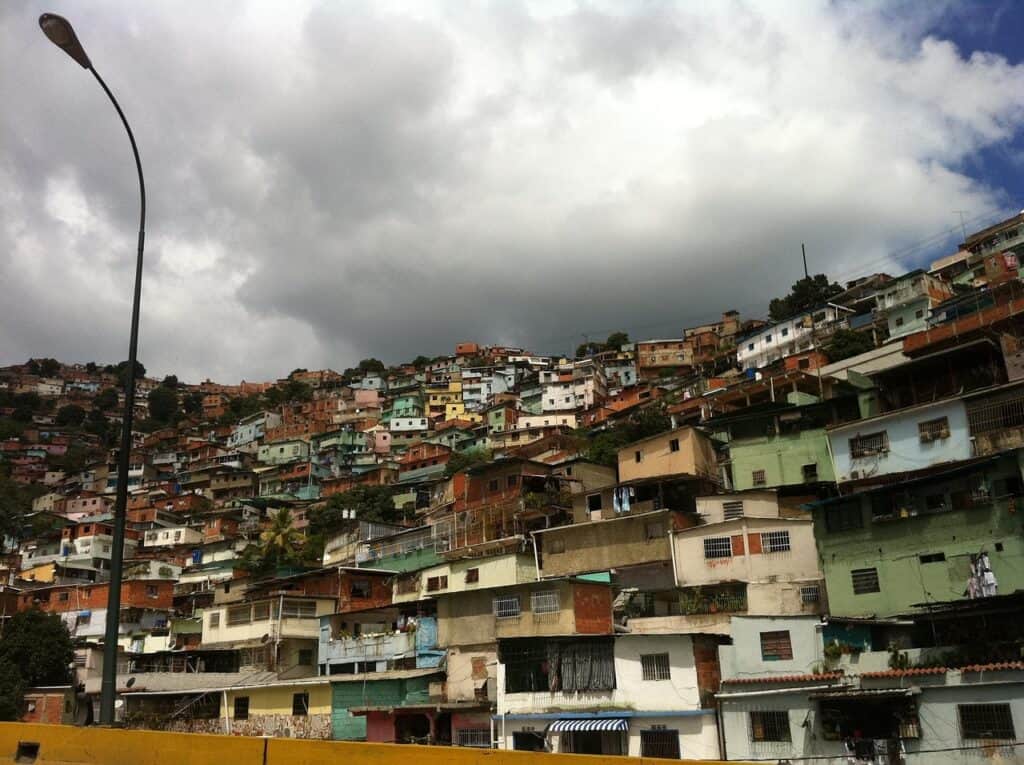
Risk shifts with coups, shortages, and storms, but capitals feel it first. Airports close, hospitals stretch, and streets change hands by nightfall. Travel advisories and crime data trace those patterns in blunt lines. Some cities battle insurgents or rival security forces. Others wrestle with gangs, kidnappings, and weak courts. Residents adapt because they have to; visitors often underestimate how fast the ground moves. What follows is a grounded snapshot of places where caution is not a mood but a method.
Port-au-Prince, Haiti
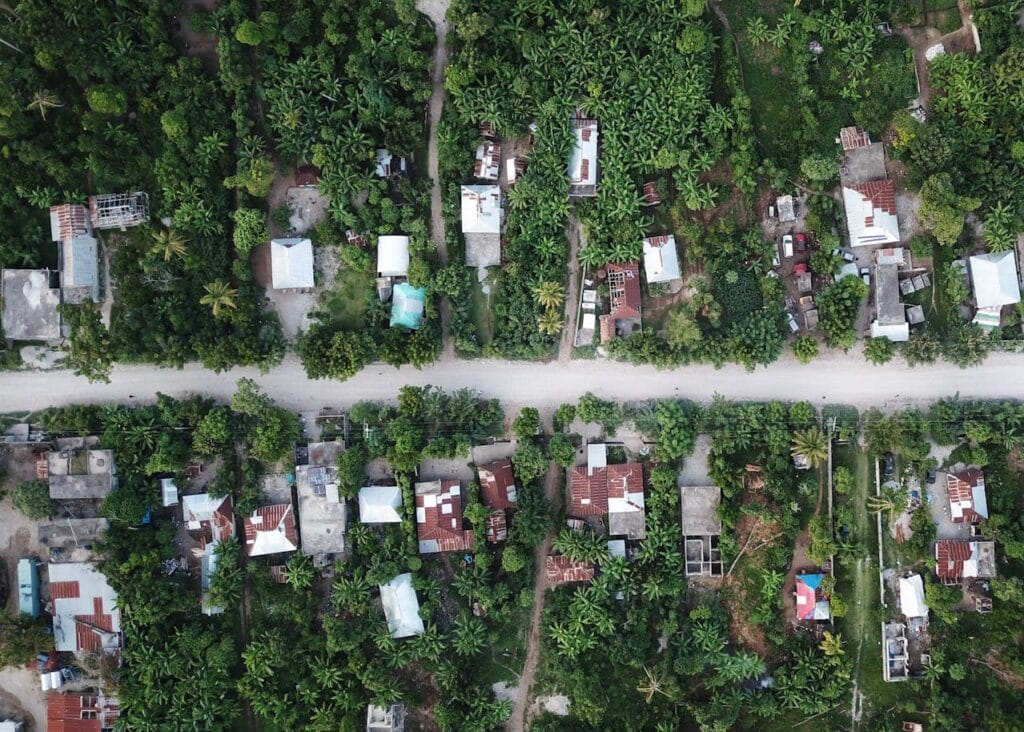
Kidnappings, gang roadblocks, and fuel shocks keep movement unpredictable, pushing ordinary commutes into calculated risks. District control can flip within hours, and basic services snap under pressure, leaving clinics short and schools closed. Even airport access has stalled during flare-ups, stranding travelers and aid workers. Local radio becomes a lifeline for routes and curfews, while neighborhoods organize for water and food. The danger is systemic, not episodic, and it shapes every plan from sunrise to dusk.
Kabul, Afghanistan
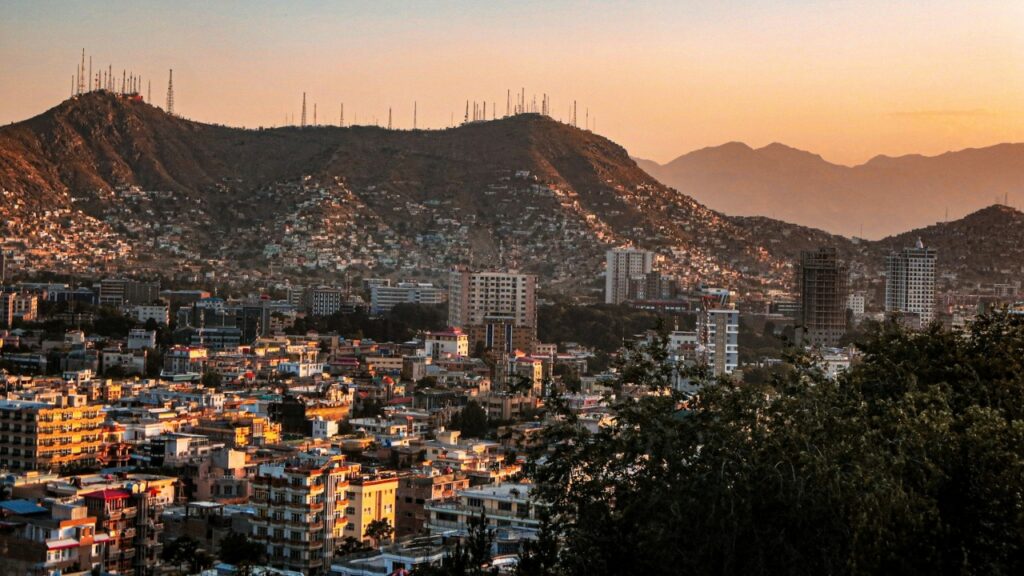
Since the government collapse, Kabul has lived with bombings, targeted attacks, and detentions that follow shifting lines of authority. Exit rules and checkpoints can change without notice, complicating everything from medical care to family visits. Embassies operate with limited capacity or not at all, reducing options when crises hit. Streets look busy, yet risk sits close to key sites, mosques, and markets. The city functions, but it does so under a ceiling that can drop without warning.
Mogadishu, Somalia
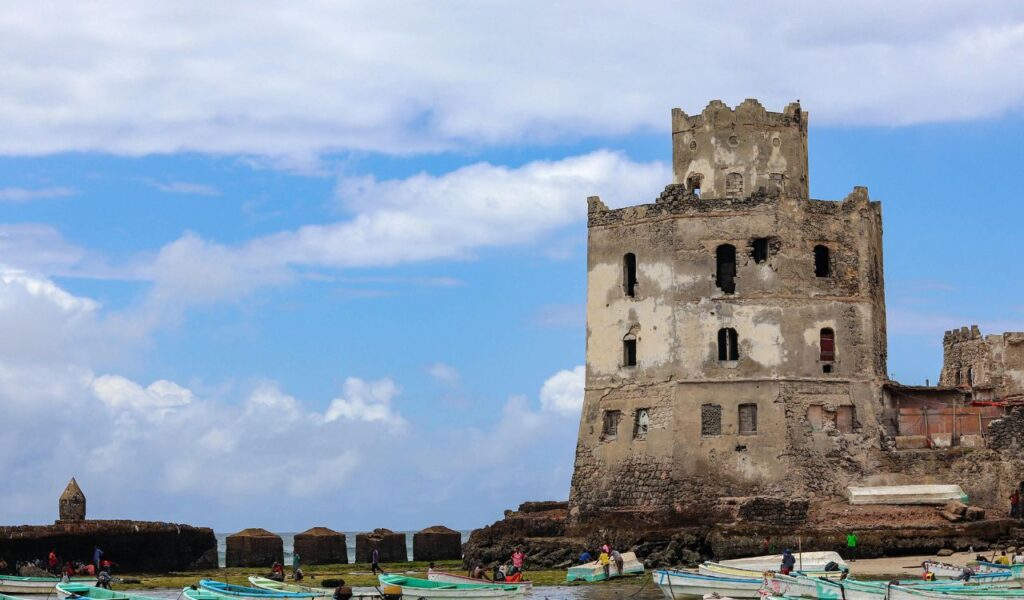
Hotels, intersections, and ministries share space with blast walls, a map drawn by years of insurgent threats. Attacks arrive in clusters, then pause while daily business resumes at remarkable speed. Kidnapping and complex assaults remain part of the calculus, and routes to the airport can swing from open to shut in a morning. Entrepreneurs still build, cafés still fill, and the shoreline still glows at sunset. The gap between surface normal and sudden danger is the story.
Damascus, Syria
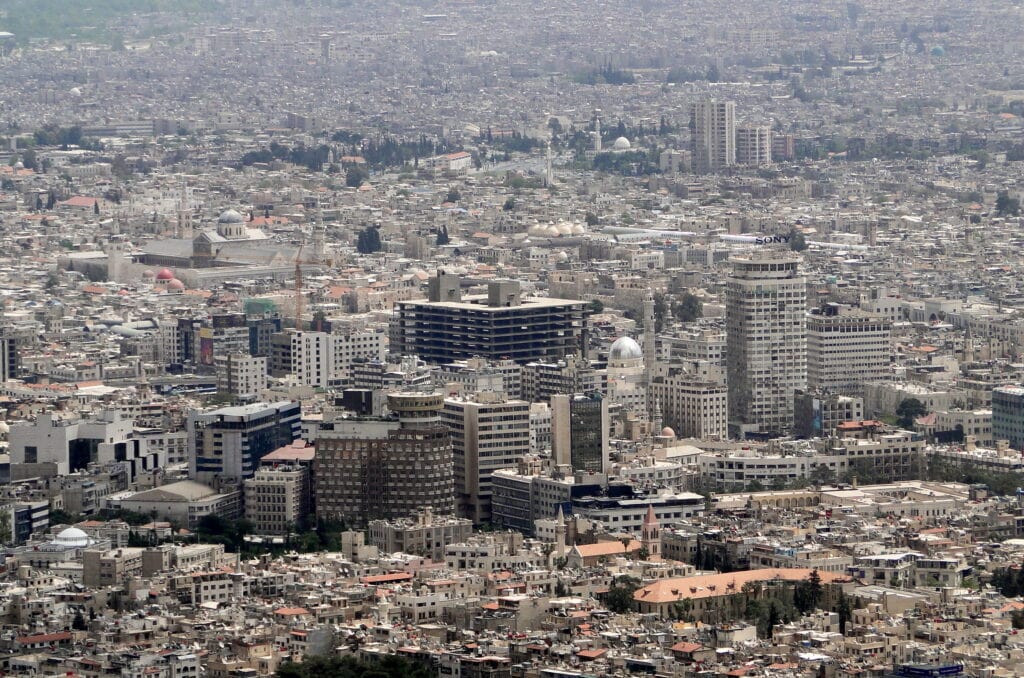
The front lines moved away, but the risks stayed. Detentions, checkpoints, and sporadic strikes define travel inside the capital, and consular help remains thin or absent. Supply routes shift with regional tensions, leaving pharmacies short and prices volatile. Crime lives in the same shadows as politics, so a quiet street at noon can feel different after dark. For residents, caution is muscle memory. For outsiders, even planning can be theoretical from the start.
Sana’a, Yemen
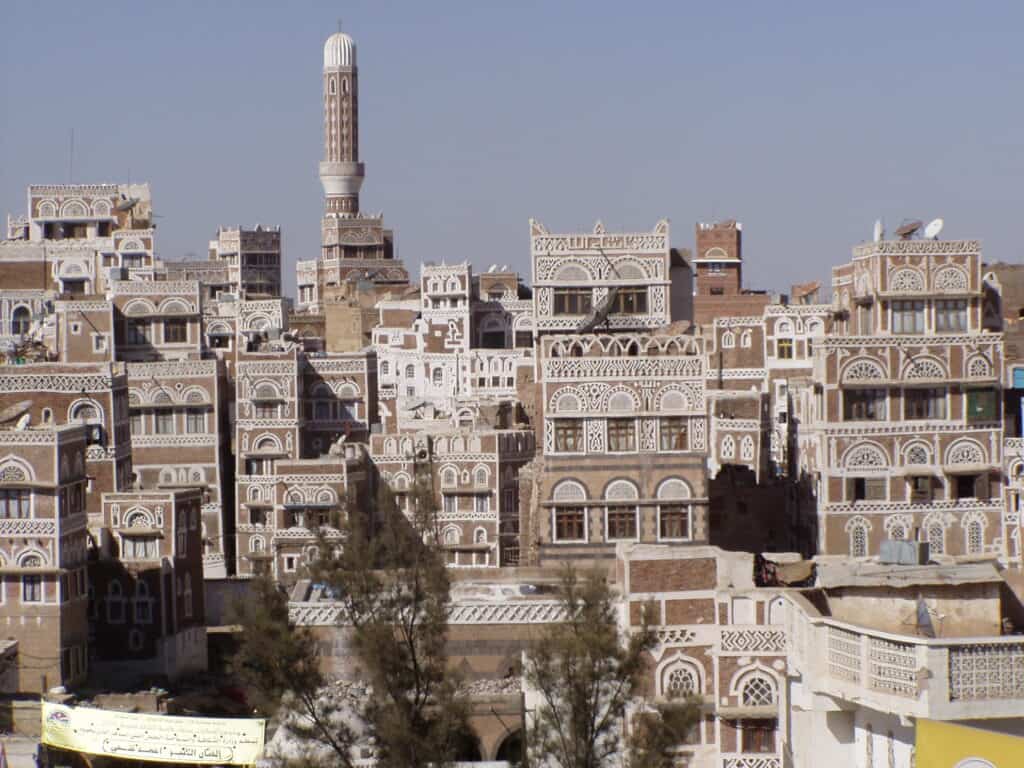
Airspace, roadblocks, and factional control make navigation a negotiation, not a route. Airstrikes and unexploded ordnance add hazards that maps cannot show, while detention risks rise with the wrong document or conversation. Aid convoys move in tight windows, and fuel shortages can halt clinics and generators in a day. Families plan around water trucks and rumor. The capital’s rhythm mirrors the national emergency: uncertain, brittle, and easily tipped by a headline.
Khartoum, Sudan
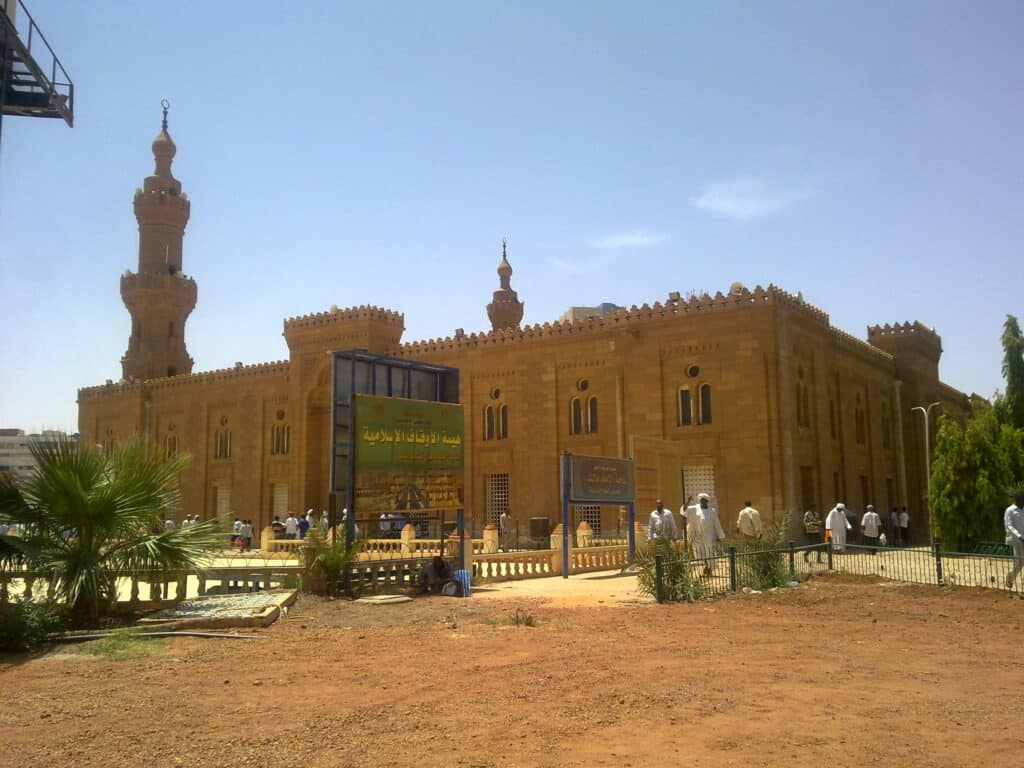
Rival forces turned ministries, hospitals, and bridges into contested ground, with artillery and looting reshaping whole districts. Cease-fires appear, fray, and vanish, leaving residents to thread side streets and river crossings with care. Communications blackouts cut news and banking at the same time, and evacuations proceed in fits. Even calm days carry the echo of gunfire from the night before. The city’s map is familiar; its rules are provisional.
Tripoli, Libya
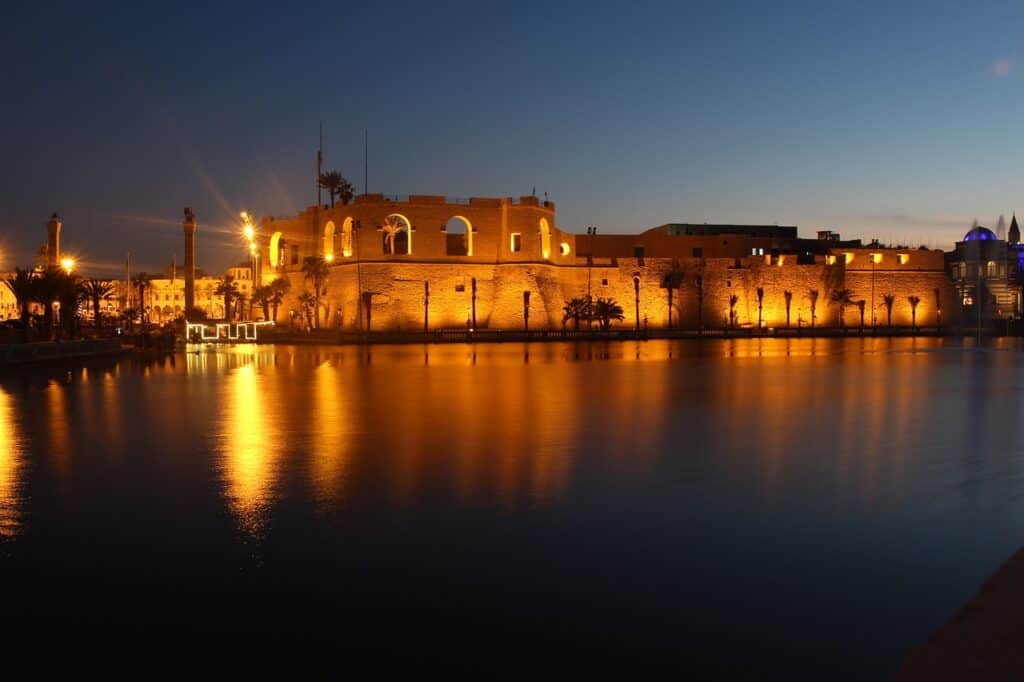
Tripoli works until it doesn’t. Political rifts can spill into militia standoffs that close roads to the airport or shoreline in hours. Risks include kidnapping, stray fire, and unexploded ordnance on the margins. Curfews arrive fast, and security forces answer to different leaders depending on the district. When coalitions align, the capital hums with trade and repairs. When they don’t, the calendar clears, and everyone recalculates how to get home before dark.
Juba, South Sudan
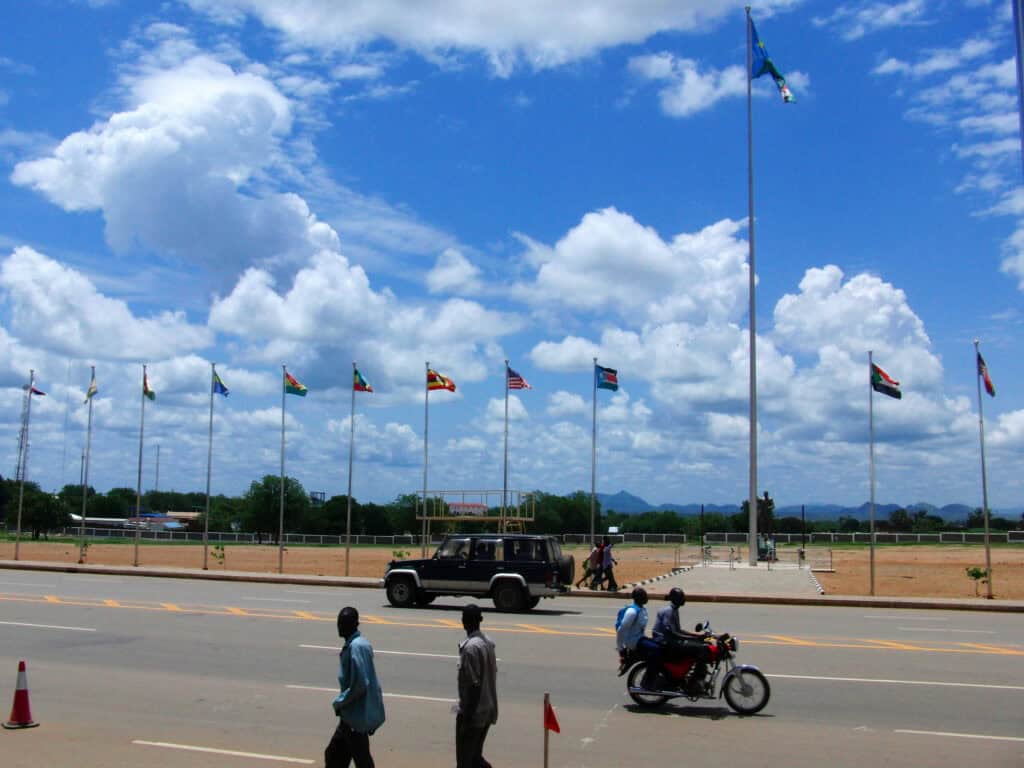
Pay disputes, political deadlines, and local feuds can turn a checkpoint into a flashpoint. Carjackings and abductions add a criminal layer to the security picture, and trauma care is limited when it matters most. Aid compounds set the tone with curfews and movement plans, while flights in and out carry the week’s mood. Rain cuts roads, heat drains patience, and rumors move faster than official statements. Caution here is procedural, not optional.
Caracas, Venezuela
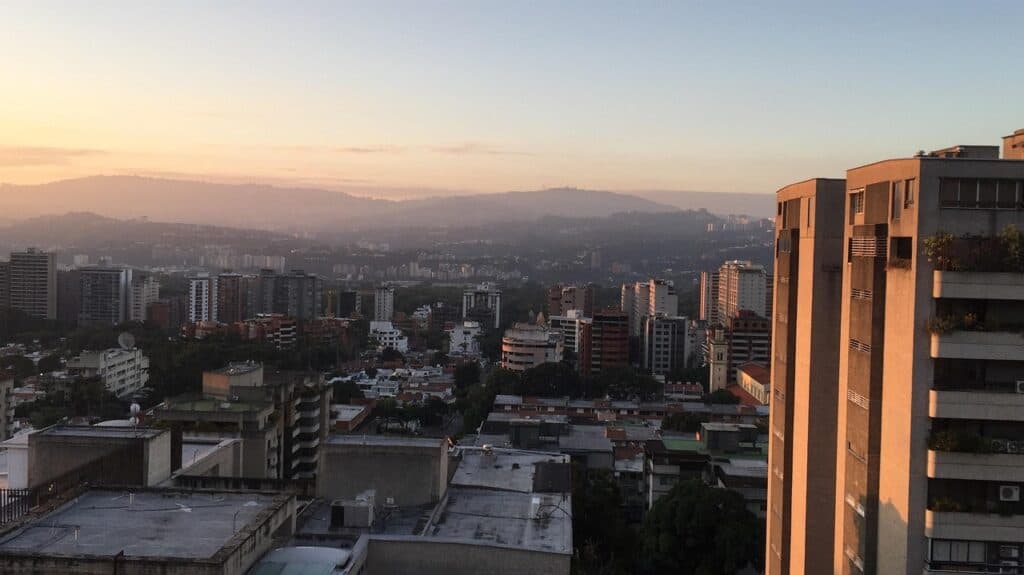
Crime rates, shortages, and political swings converge on the capital’s arteries. Protests can block key avenues, and confrontations with security forces escalate fast. Hospitals, pharmacies, and power all struggle under strain, so emergencies become harder to solve even with money in hand. Laws may be applied inconsistently, raising detention risks during tense cycles. Many residents plan around blackout hours and cash availability. The uncertainty lives both on the street and behind the counter.
Baghdad, Iraq
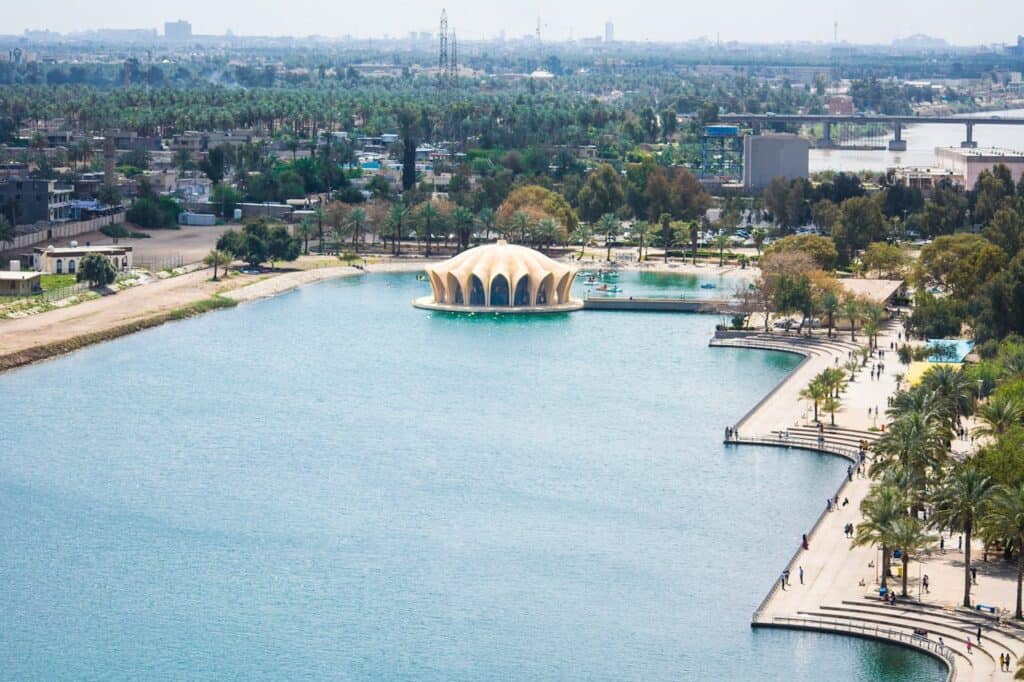
Baseline risk includes rockets, drones, and targeted attacks that rise with regional friction. Green Zone access tightens or loosens by week, changing commutes for thousands. Convoy protocols, route discipline, and layered checkpoints remain daily facts for those who must move. Crowded shrines and markets carry both vitality and vulnerability. The city can feel stable at noon and volatile at nightfall. Security posture shifts quickly, and the margin for error stays slim.